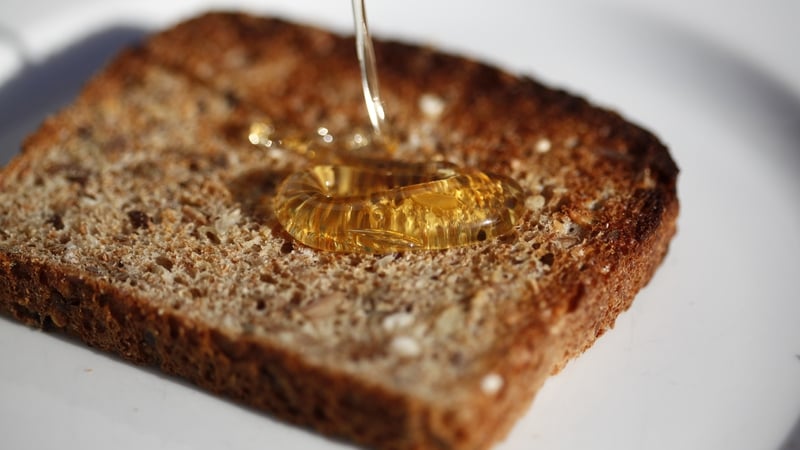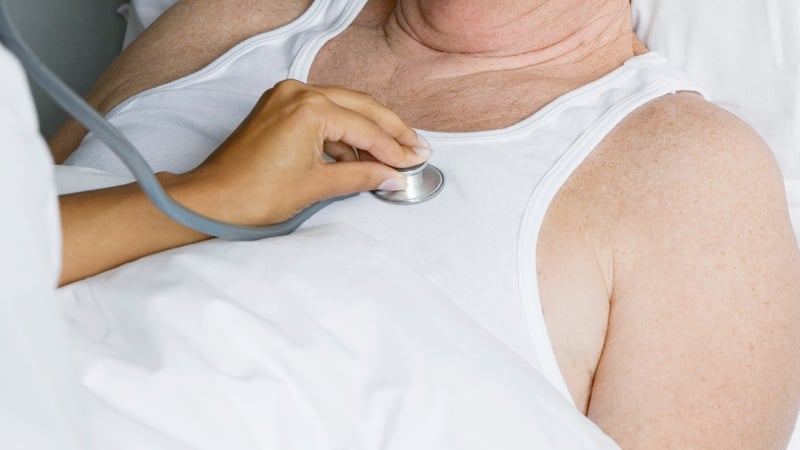Roasting and frying starchy foods could increase the risk of cancer, according to the British Food Standards Agency.
The FSA has issued a public warning over the risks of acrylamide - a chemical compound that forms in some foods when they are cooked at high temperatures (above 120C).
A new campaign tells people how they can cut their risk, including opting for a gold colour - rather than darker brown - when frying, roasting, baking, grilling or toasting.
Acrylamide is found in high levels in a range of foods including breakfast cereals (not porridge), chips, potato products (such as waffles or potato shapes), biscuits, crackers, crispbread and crisps.
It is also found in coffee, cooked pizza bases, black olives and cereal-based baby foods.
Root vegetables including potatoes, sweet potatoes, beetroot, turnip, swede and parsnips can all carry high levels of the compound once they have been roasted or fried until darker brown or crispy. As well as high temperatures, long cooking times can increase levels of acrylamide even further.
Foods such as skinny fries and crisps appear to have the highest levels.
Acrylamide forms due to a chemical reaction between certain sugars and an amino acid (asparagine) in the food.
 A new campaign tells people to opt for a gold colour when frying, roasting, baking, grilling or toasting
A new campaign tells people to opt for a gold colour when frying, roasting, baking, grilling or toasting
However, boiling, steaming and microwaving appear far less likely to cause the reaction.
Studies in mice have shown that high levels of acrylamide can cause neurological damage and cancer.
While studies in humans have proved inconclusive, experts believe the compound has the ability to cause cancer in humans.The US Environmental Protection Agency has said acrylamide is "likely to be carcinogenic to humans" and the International Agency for Research on Cancer (IARC), part of the World Health Organization, says it is a "probable human carcinogen".
In its new campaign, the FSA said people could take simple steps to reduce their consumption of acrylamide.
As a "rule of thumb", people should aim for a golden yellow colour or lighter when frying, roasting, baking or toasting starchy foods.
For example, roast potatoes should not be "fluffed up" to maximise dark brown crispy bits and they should be roasted to the lightest colour that is acceptable. Toast should also be browned to a light brown colour.
People are being told to follow the cooking instructions on packaging to ensure foods are not cooked for too long or at too-high temperatures.They should also stick to a varied, balanced diet to reduce their overall risk of cancer.
The FSA said people should not keep potatoes in the fridge, which can increase overall levels of acrylamide.
Instead, raw potatoes should be stored in a dark, cool place with temperatures above 6C.
Evidence also shows the longer potatoes are kept, the more acrylamide can form.
Steve Wearne, director of policy at the FSA, said manufacturers had already taken steps to cut the levels of acrylamide in foods, but it was time for consumers to be made more aware of the risks.
He added: "We are not saying people should worry about the occasional meal ... this is about managing risk over a lifetime.
"Anything you can do to reduce your exposure will reduce your lifetime risk.
"People might, for example, think 'I like my roast potatoes crispy', but they will just decide to have them less often."
Other examples of ways to cut acrylamide include having chunky chips on occasion rather than fries.
Cutting potatoes into larger wedges reduces their surface area, thereby cutting down the level of acrylamide that can form. Crinkle-cut chips are worse than normal chips as they have a larger surface area.
Gavin Shears, a senior policy adviser in contaminants at the FSA, said: "We are not expecting people to go out and radically change their diets if they're eating a healthy balanced diet.
"If you slightly overdo your roast potatoes on a Sunday, it's not that you have to throw them away. We're not asking people to cut out certain foods.
"This is about reducing your overall lifetime risk through simple steps."
There are no official limits on how much acrylamide a food can contain, although the EU has drawn up guidelines.
The Joint Expert Committee on Food Additives (JEFCA), the international expert scientific committee in the area, has said acrylamide intake from food is a "human health concern" and levels should be as low as possible.

 Located -
Located - 


